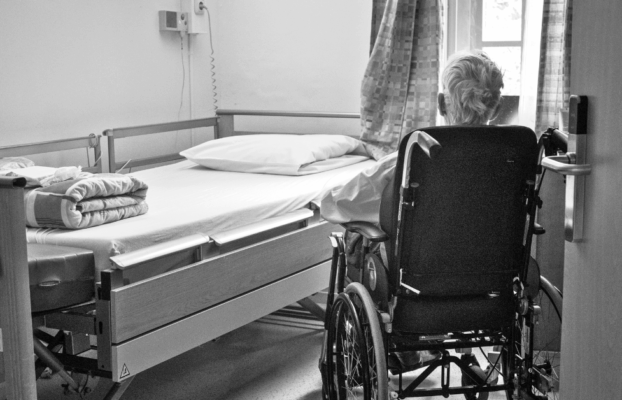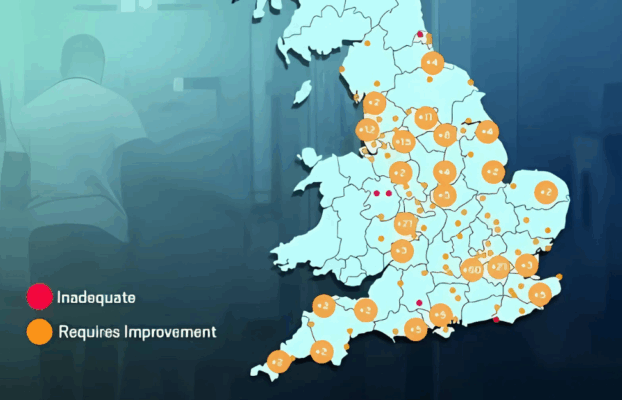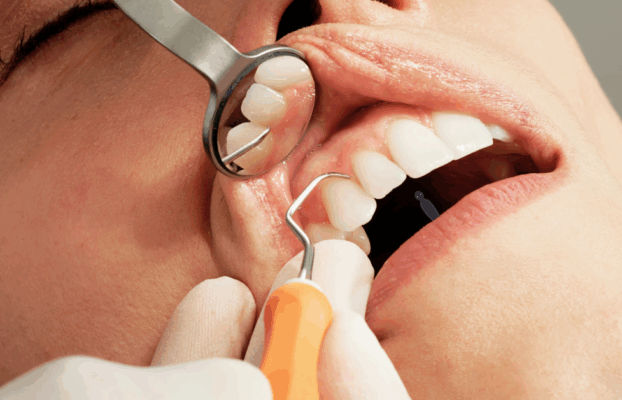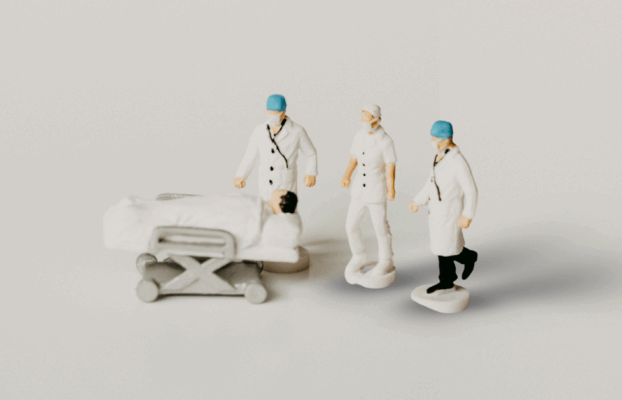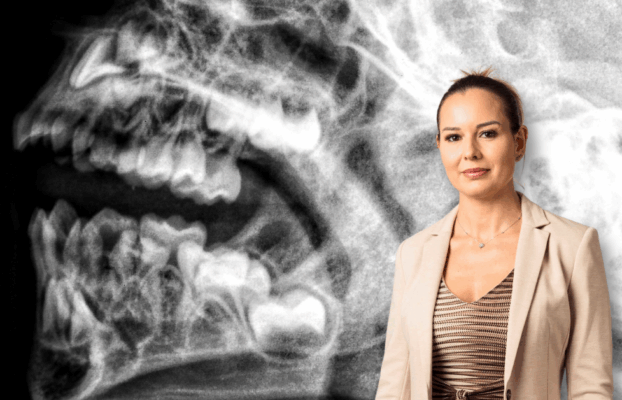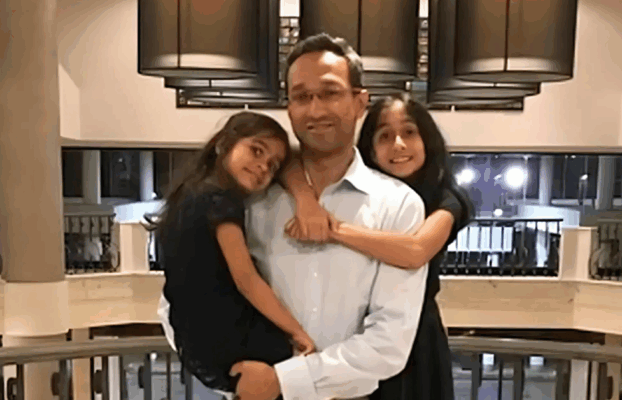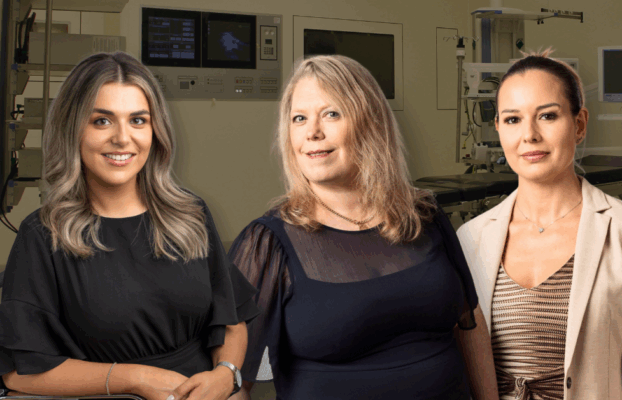Medical Negligence Claims Explained
We trust doctors, nurses and hospitals with our health. Most of the time, that trust is well placed. But when treatment goes wrong, the consequences can be life-changing.
A delayed diagnosis, a surgical error, or the wrong prescription can turn your world upside down. Many people hear the phrase clinical negligence, but aren’t quite sure what it means or how the law decides whether a claim can be made.
The law is there to protect patients. It may sound complicated, but the principles are straightforward once broken down.
What makes a Clinical Negligence claim?
Three key elements sit at the heart of any claim:
- Duty of care – Every healthcare professional owes their patients a duty of care. If you’re receiving treatment, this duty exists automatically.
- Breach of duty – It must be shown that the care provided fell below the standard expected. Not every mistake is negligence. Medicine is complex and outcomes can’t always be guaranteed. The question is whether another “reasonably competent practitioner” in the same field would have acted differently.
- Causation – Finally, there must be a clear link between the substandard care and the harm suffered. It isn’t enough to prove that treatment was poor; you must show that it directly caused injury, deterioration or unnecessary suffering.
Think of it as a chain: Duty → Breach → Harm. If one link is missing, the claim won’t succeed.

What are the Bolam and Bolitho tests?
For the courts to decide if medical treatment was negligent, they often look to what’s known as “the Bolam Test”. This principle comes from an important case, Bolam v Friern Hospital Management Committee. In simple terms, it means that a doctor or nurse is not considered negligent if their actions would be supported by a “responsible body” of medical professionals in the same field, even if others might have chosen a different approach.
But the law doesn’t stop there…
In a later case, Bolitho v City and Hackney Health Authority, the courts added an extra safeguard. The medical opinion being relied on must also stand up to logical and reasonable analysis. In other words, it’s not enough that some professionals would have done the same thing, their reasoning has to make sense when examined closely.
Together, these two tests help strike a balance between recognising the complexity of medical decision-making, and ensuring patients are properly protected when standards slip.
What does Clinical Negligence look like in practice?
Clinical Negligence can arise in many ways, and patients don’t always realise that what happened to them may amount to a claim.
Some common examples include:
- Misdiagnosis or delayed diagnosis that allows a condition to worsen.
- Surgical mistakes, such as operating on the wrong site or leaving a foreign object inside the patient.
- Medication errors, for example prescribing the wrong drug or incorrect dosage.
- Failures in maternity care that lead to avoidable harm to mother or baby.
If your experience sounds similar, it may be worth taking advice, even if you are unsure whether it “counts” as negligence.
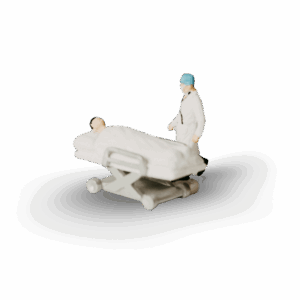
How do lawyers prove Clinical Negligence?
A Clinical Negligence case isn’t about pointing fingers. It’s about building a clear and accurate picture of what happened.
Lawyers gather the facts, compare the treatment against accepted medical standards, and seek independent expert opinions.
By piecing this together, it becomes possible to see whether care fell short and, crucially, whether that shortfall caused harm.
Is there a time limit to Medical Negligence?
Yes. In most cases, you have three years from the date of the negligence, or from the date you first realised negligence may have occurred, to start a claim. If you are a family member making a claim on behalf of a loved one who lost their life, then the time limit is three years from the date of death.
For children, however, the clock does not start ticking until their 18th birthday, meaning they usually have until they turn 21. For adults who lack mental capacity, the usual three-year limit may not apply at all. Because of these rules, it’s always best to seek advice as early as possible.
Why do Clinical Negligence claims matter?
We understand it can feel daunting to question medical treatment. Many people worry about causing trouble for the doctors or nurses involved, or feel guilty about raising a claim. But Clinical Negligence law isn’t about blame for the sake of it. It’s about getting answers, securing accountability, and ensuring you have the support you need to move forward.
In many cases, claims also shine a light on what went wrong, helping to prevent the same mistakes happening to others.
Take the next step
If you’re unsure whether what happened to you amounts to negligence, our specialist Clinical Negligence team at Pabla & Pabla Solicitors is here to guide you. We’ll explain your options clearly, without jargon, and help you decide on the best way forward.




